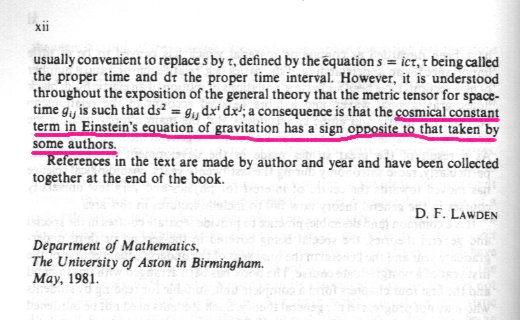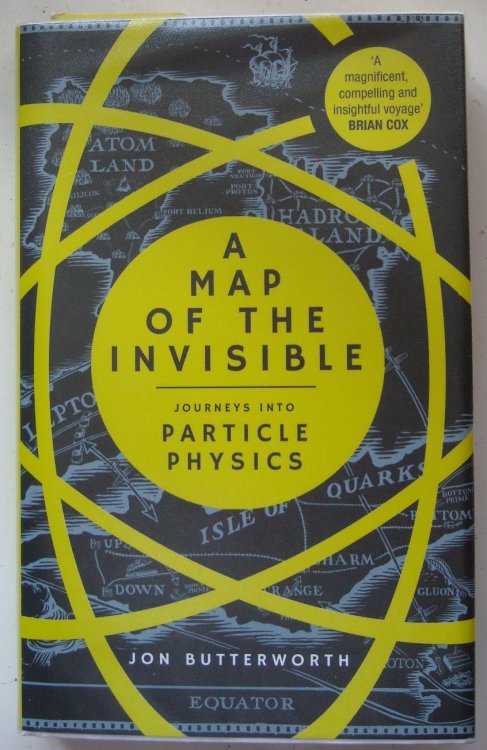-
Posts
18293 -
Joined
-
Last visited
-
Days Won
104
Content Type
Profiles
Forums
Events
Everything posted by studiot
-
Glad it was helpful and understandable despite the poor spelling (sorry about that), feel free to ask if you want any more.
-

Edge of the universe split from A centre of mass of the Universe.
studiot replied to MarkE's topic in Speculations
How would you propose that this edge 1) Interacts with radiation? 2) Works with expansion - is it also expanding (and perhaps getting thinner) or what? -
Why (or when) would you expect an ice lattice to shatter? A glass 'lattice' - if it can be called that - is not a true crystal lattice and always contains locked-in stresses or residual stresses. It is these stresses that are responsible for the sudden shattering of glassy materials. Ice, on the other hand, is a true crustal lattice and if perfect contains no such stresses. So ice will only fail if foundation supports are removed by the initial impulse so the edifice crumbles under gravity or some other distributed force, such as surface tension.
-
Would you agree with the first line then? One of the characteristics of resonance structures is the change in bond length from the formative resonance structures. But it does IMHO show Hannoe has not properly distinguished between atomic orbitals, hybrids orbital, molecular orbitals (and says so her/his self). I was just waiting for more questions from the OP about what I said. There have been too many instances just lately where a question was asked and I or others put significant effort into an answer for an OP who never came back. It is, however, a good subject for discussion that may also benefit others.
-

Neutral elementary particles and electromagnetic waves
studiot replied to Butch's topic in Quantum Theory
Yes the photons can transfer momentum. -
Yes only. The concept makes no sense if external forces applied to the system would deform it as well as move it. The binary stars you mention act as a pseudo non deformable 'body' or system, as does the solar system, as does a galaxy, as does a rocket and its exhaust. But apply a sideways force to the exhaust once it has left the rocket and tell me what happens to the 'centre of mass' ? Alternatively, what happens if the rocket collides with an asteroid? Does it hit with the momentum of the whole system or just the rocket part?
-

Edge of the universe split from A centre of mass of the Universe.
studiot replied to MarkE's topic in Speculations
This was posted in mainstream Science and should be discussed as such. Surely you should develop such hypotheses in Speculations? (Where I'm sure there would be interest in discussion) -
Think about the definition and properties of a centre of mass then come back and ask again. No, I think it is a good question as it allows consideration and discussion of the Physics, without the mathematics getting in the way.
-

Is quantum physics too small to interact with gravity?
studiot replied to AviSchiffmann's topic in Quantum Theory
So strictly in accordance with the rules of ScienceForums they are not theories they are speculations. Small wonder the dog thinks its a pussy cat. -
First of all the universe is not a rigid body. The term centre of mass is only strictly applicable to rigid bodies. Secondly you have to decide if you are talking in Newtonian or Relativistic terms. This is because of the time taken for any force applied at one point to act on another at significant distance. It is even possible for one part of the universe to have responded to a force before the effect of that force has reached another part. Here are the newtonian formulae for the coordinates of COM.
-
As in Hybridisation, Delocalisation per Pi bonding and Resonance.
-

Is quantum physics too small to interact with gravity?
studiot replied to AviSchiffmann's topic in Quantum Theory
You know this and I know this but but does the dog in the doorway know this? (Have you come across that old saw?) IOW how do you get from (1) to the difference between electric and magnetic fields or (2) from C-S to Heisenberg? You need some physical reasoning and observation. -
No. You have mixed up and confused several different concepts or models. We have several because no model is perfect so we select the one that most suits our current needs.
-

Determine atomic mass of isotopes with chemistry.
studiot replied to avicenna's topic in Inorganic Chemistry
Well thank you kind sir. -

Determine atomic mass of isotopes with chemistry.
studiot replied to avicenna's topic in Inorganic Chemistry
But appears convinced that studiot does not exist. -

Is quantum physics too small to interact with gravity?
studiot replied to AviSchiffmann's topic in Quantum Theory
I agree but the link between the formalism and what the modle says about physical reality is often not clear to readers. For example what do the following famous formalisms tell us is happening in Physical reality. [math]{\nabla ^2}\varphi = 0[/math] [math]{\left( {\int {fgdx} } \right)^2} \le \left( {\int {{f^2}dx} } \right)\left( {\int {{g^2}dx} } \right)[/math] The latter is, of course one of the foundation statements of the quantum theory. -

Determine atomic mass of isotopes with chemistry.
studiot replied to avicenna's topic in Inorganic Chemistry
Well I'm not sure exactly what information you are seeking here, but the story of how it was all worked out is fascinating. The process took almost 200 years from about 1660 to the Cannizzaro paper of 1858, via the hypothesis of Avogadro in 1811. There were many blind alleys and false trails along the way, and many famous names contributed sometimes adding correct insights, sometimes getting it hopelessly wrong. The story is too much to put into a forum post, and is in fact the subject of a book in its own right. Chasing the Molecule by John Buckingham. -

Is quantum physics too small to interact with gravity?
studiot replied to AviSchiffmann's topic in Quantum Theory
Yes, of course. That is how Einstein's relativity was born. But that does not mean anything goes just because someone fancies pink unicorns. Nor is this to say the Einstein was a mathematical dunce. Proper scientific reasoning hand-in-hand with observation is more important than mathematics in my opinion. Here is a really superb example Watch my hands - no mathematics at all but we have discovered the order of melting points of these minerals. -
This is reminiscent of the caculation of Madelung constants. Have you heard of these? You should be able to derive similar overall constants for your hypothesis. Now I have done you the courtesy of offering constructive comments and asking a couple of simple questions that can support simple answers rather than long screeds that seem to be prefaced by such get out clauses as " We assume that"......... Now please provide a simple direct answer to a simple direct question.
-
icarus, Since you have been unable to provide an answer to my question about the interaction of negative mass with forces, perhaps you can offer soemthing on the question os mass density. (I note Mordred has already mentioned energy density, which is, of course different) Mass density play an important role in cosmological evolution equations, including Friedmann's solutions so can you offer an expression to calculate the mass density of universe, including the proposed negative mass? What is the result/effect when existing measurements are put in for the constants involved? Mordred has also offered you a large number of references an no doubt you have many of your own. I would therefore council you to beware of sign conventions which can produce unexpected negative signs, for example this warning by DF Lawden.
-

Why mass of electron and proton particles are what
studiot replied to dhimokritis's topic in Speculations
But that would be incorrect. If you look at the front cover you can see the map in the background. Atomland appears on the top left (North West) corner. -

Why mass of electron and proton particles are what
studiot replied to dhimokritis's topic in Speculations
I am seriously sorry if you can't follow that link for some reason, it is to the thread where I posted details of the book. A Map of the Invisible by Jon Butterworth. The book is available from some libraries, Amazon and even second hand. as in the link stated in the thread opening post. -
Yes of course there is, For instance simple harmonic motion, rotational motion. Liquids and gases have other modes of motion. Finally it should be noted that there are many forms of wave motion, but only one form of 'rigid body translational motion'. It should also be noted that some forms of motion may be combined for instance a rigid body may execute tumbling motion by combining translation with rotation. But note that a photon is a particle and does not 'move like a wave'. Light has the dual characteristic of particle and wave - we call the particle part photons and the wave part light waves. An important distinction between wave motion and the motion of a particle is that the motion of a particle is described by the path of its centroid; wave motion is distributed and has no equivalent. But all types of motion have a describing/defining 'equation of motion'.




